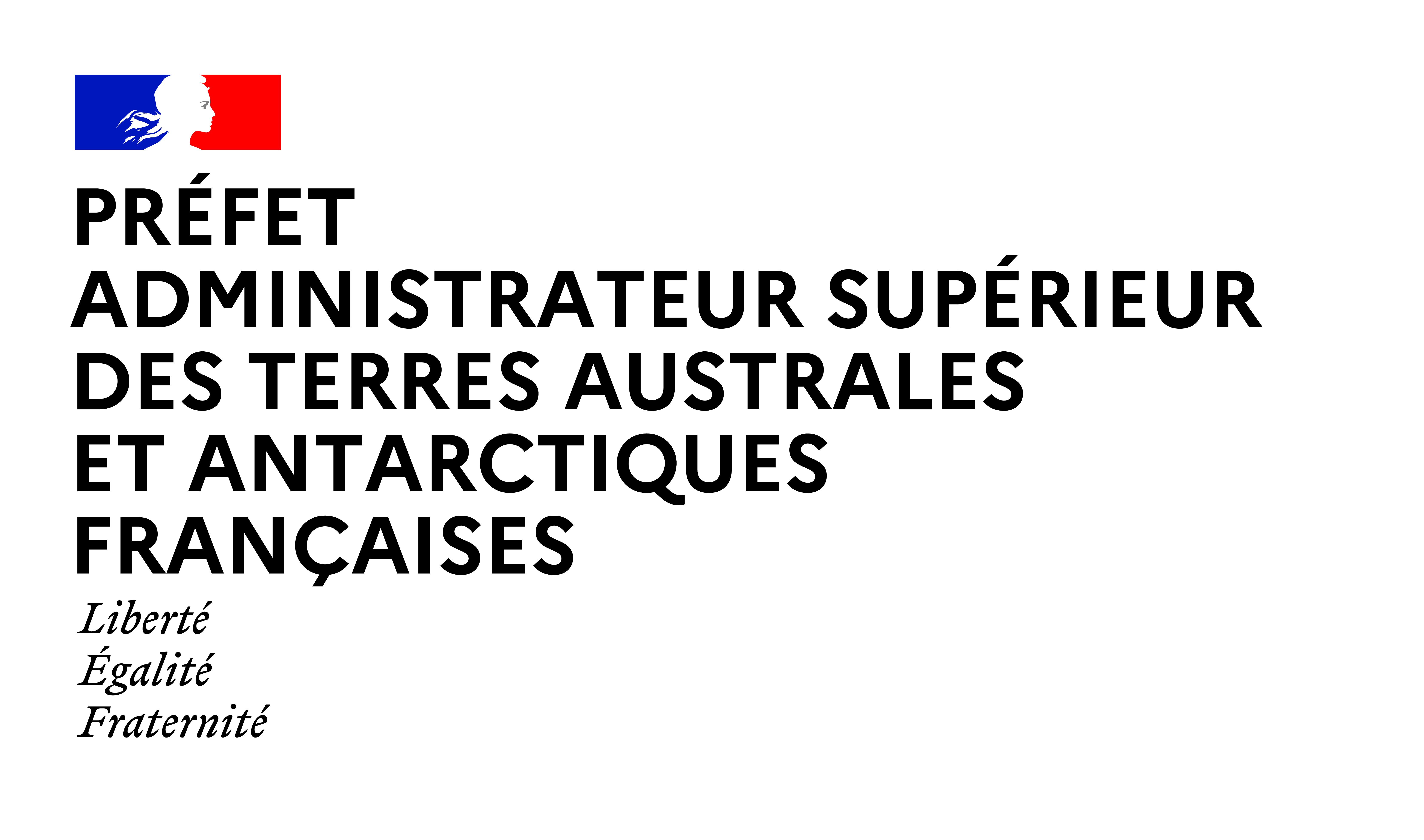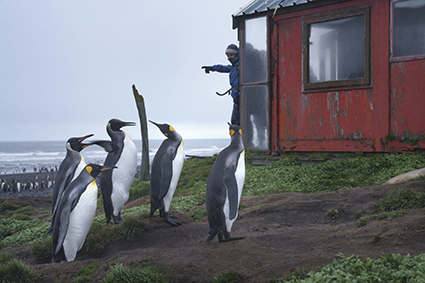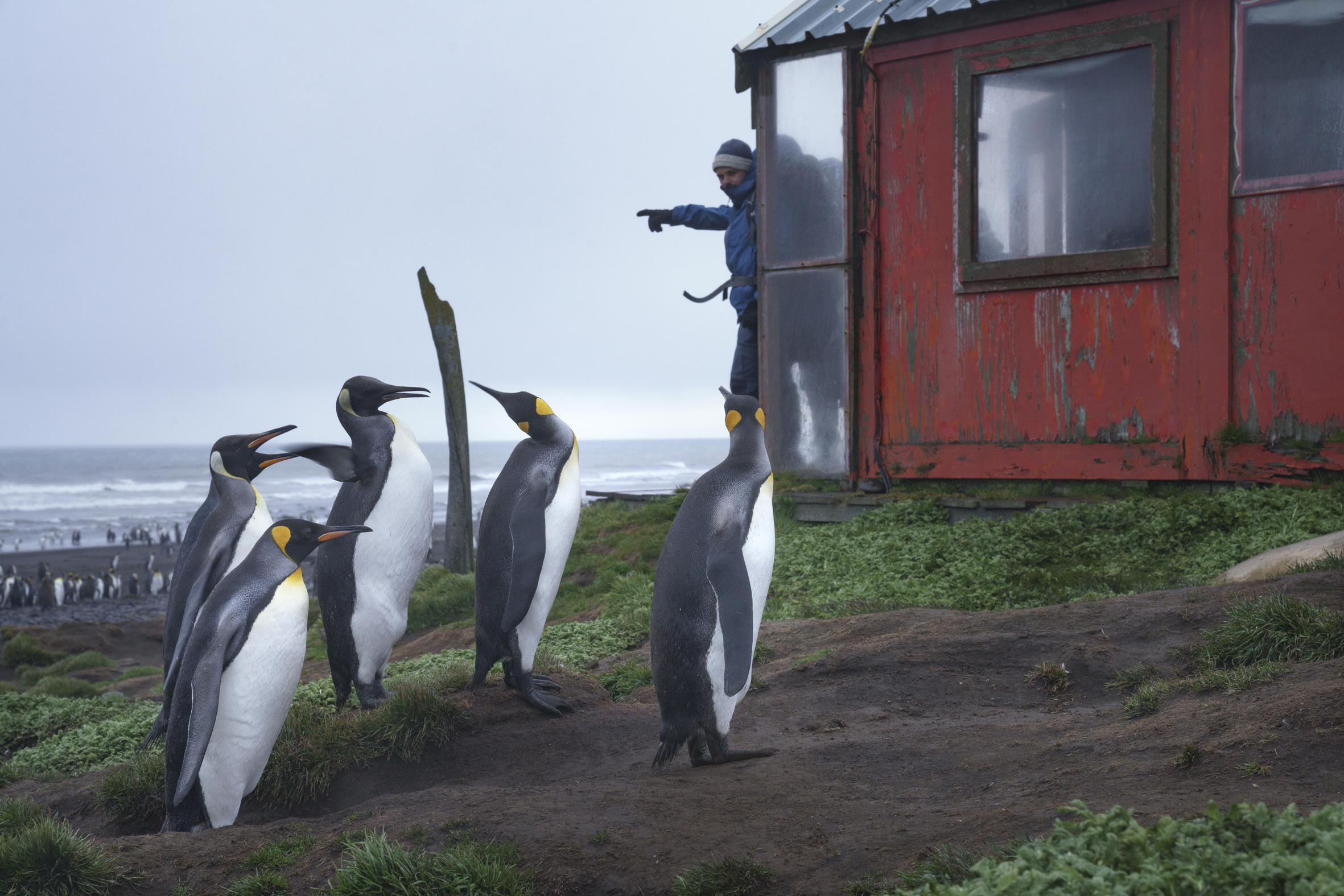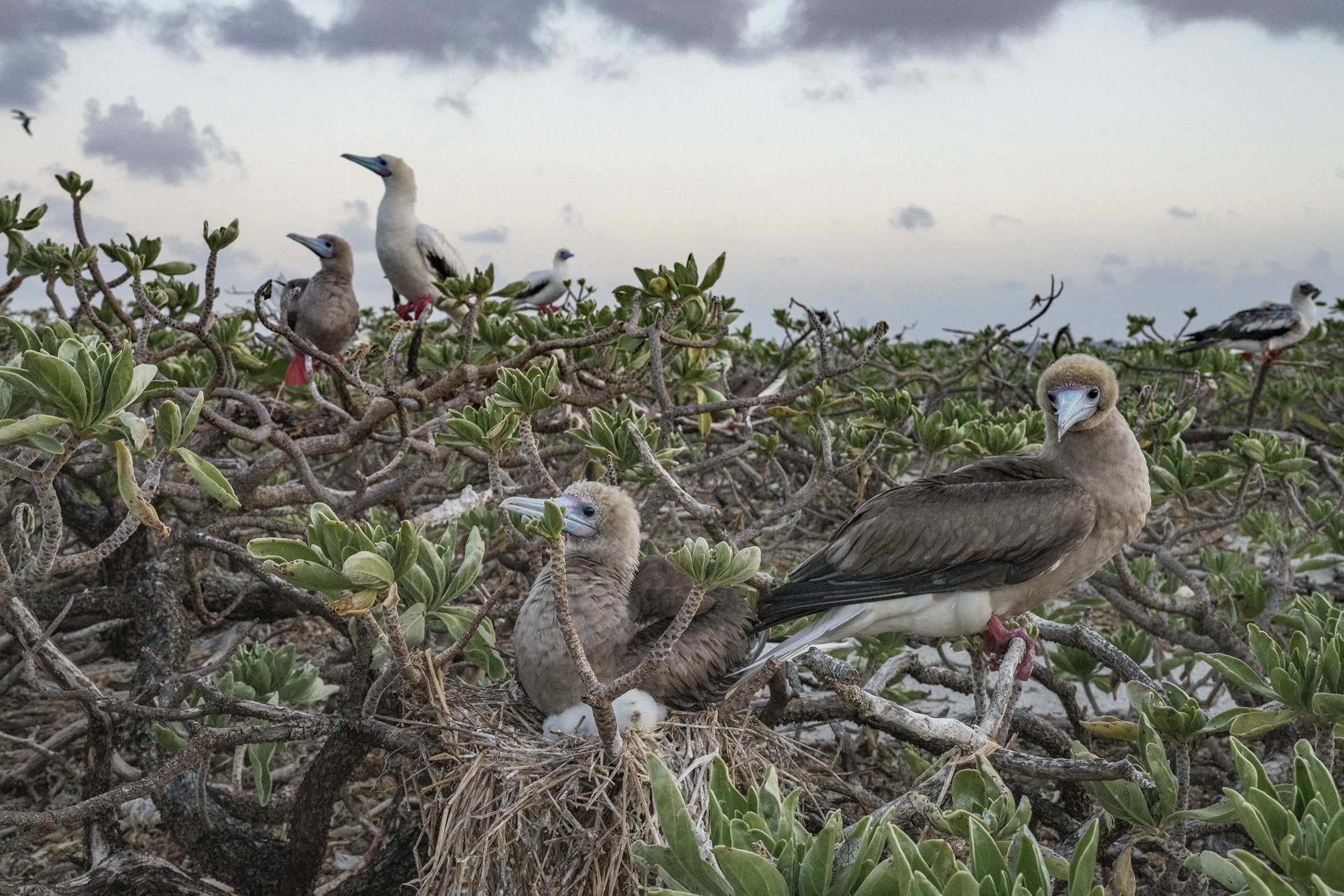Presentation
France • Born in 1987
At the heart of the largest French sanctuary
The largest French glacier? No, forget Chamonix! It’s in Kerguelen. The highest cliff in the world? The Kahiwa Falls in Hawaii pale in comparison to the 1,012-metre cliff of Lesquin, in Crozet. Discovered 250 years ago this year, the Austral Islands, made up of two archipelagos – Kerguelen and Crozet – and the two islands of Saint-Paul and Amsterdam, are among the highlights of the French Southern and Antarctic Lands (TAAF).
Little known to the general public and usually bypassed on the geography curriculum, they actually form France’s largest nature reserve and will soon become the world’s biggest marine protected area, offering a sanctuary of over 1.6 million km². Rising from the southern Indian Ocean in the infamous Roaring Forties latitudes, these islands are home to ecosystems that cannot be found anywhere else on Earth. Some of the world’s largest colonies of king penguins, elephant seals, wandering albatrosses and sea lions make their homes here – and the finest scientists, supported by the French Paul-Emile Victor Polar Institute (IPEV), come to study this outstanding biodiversity.
Photographer Mélanie Wenger had the opportunity to board the renowned Marion Dufresne supply ship that serves the TAAF. She journeyed to the edges of the Antarctic Convergence – a zone that is crucial to the functioning of our planet, where polar and sub-Antarctic marine currents meet – and underwent an extraordinary expedition, revisiting these fragments of France at the far ends of the Earth.
PLANT MAZE
Exhibition held in partnership with the French Southern and Antarctic Lands.
In partnership with the Yves Rocher Foundation, as it launches its new programme of photographic commissions under the title “In the name of biodiversity, safeguarding living sanctuaries

![]()

© Mélanie Wenger pour la Fondation Yves Rocher

Exhibition

The largest French glacier? No, forget Chamonix! It’s in Kerguelen. The highest cliff in the world? The Kahiwa Falls in Hawaii pale in comparison to the 1,012-metre cliff of Lesquin, in Crozet. Discovered 250 years ago this year, the Austral Islands, made up of two archipelagos – Kerguelen and Crozet – and the two islands of Saint-Paul and Amsterdam, are among the highlights of the French Southern and Antarctic Lands (TAAF).
Little known to the general public and usually bypassed on the geography curriculum, they actually form France’s largest nature reserve and will soon become the world’s biggest marine protected area, offering a sanctuary of over 1.6 million km². Rising from the southern Indian Ocean in the infamous Roaring Forties latitudes, these islands are home to ecosystems that cannot be found anywhere else on Earth. Some of the world’s largest colonies of king penguins, elephant seals, wandering albatrosses and sea lions make their homes here – and the finest scientists, supported by the French Paul-Emile Victor Polar Institute (IPEV), come to study this outstanding biodiversity.
Photographer Mélanie Wenger had the opportunity to board the renowned Marion Dufresne supply ship that serves the TAAF. She journeyed to the edges of the Antarctic Convergence – a zone that is crucial to the functioning of our planet, where polar and sub-Antarctic marine currents meet – and underwent an extraordinary expedition, revisiting these fragments of France at the far ends of the Earth.
PLANT MAZE
Exhibition held in partnership with the French Southern and Antarctic Lands.
In partnership with the Yves Rocher Foundation, as it launches its new programme of photographic commissions under the title “In the name of biodiversity, safeguarding living sanctuaries

![]()



